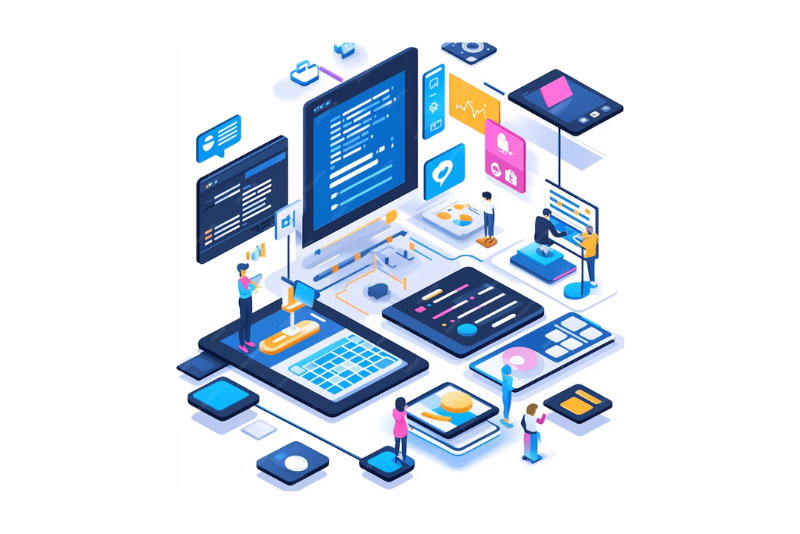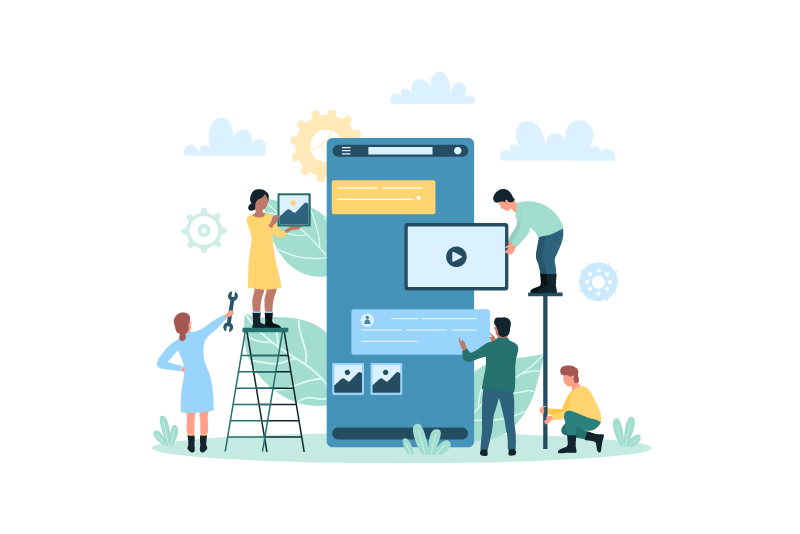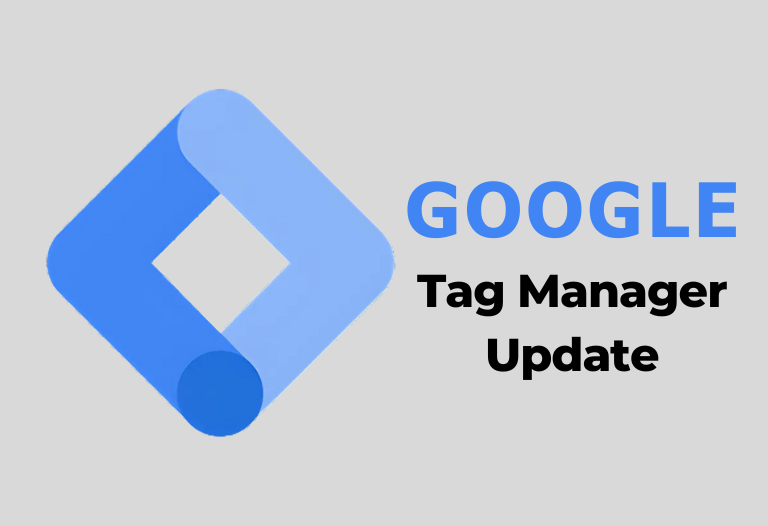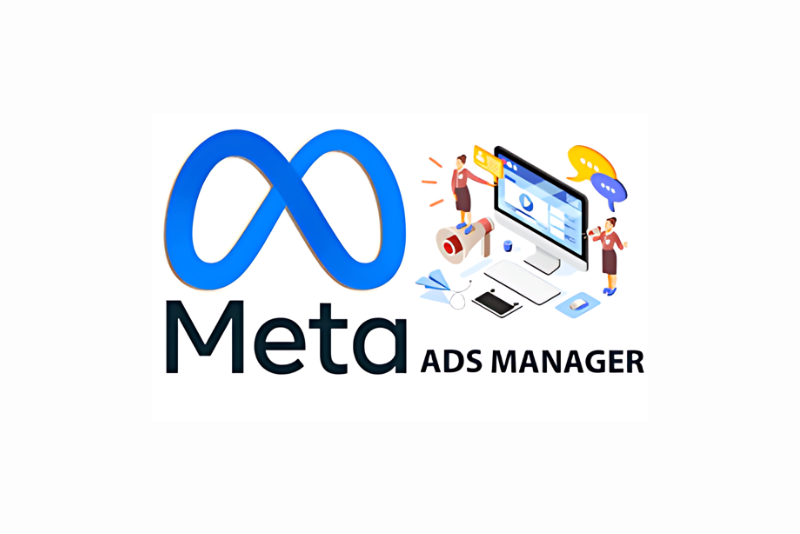Table of Contents
ToggleThe Home Construction Analogy for iOS and Android App Development
Developing a mobile app for iOS or Android is similar to building a house. Just as a house reflects its owner’s needs, tastes, and budget, your application should be designed with intention, user satisfaction, and platform-specific features in mind. Both mobile app development and house building involve a complex process of planning, design, construction, and testing to create a functional and usable product.
In this blog, we’ll analyze the complete mobile app development process. This guide will lead you through building an Android or IOS application by covering: –
- What are the things you should consider before making an application?
- What variables should you be aware of when choosing an app developer?
- How can you ensure stability and enjoyability in your application?
Fundamental Mobile App Development Principles
Before going deep into the app development process, it’s crucial to understand the foundational principles of mobile app architecture. These principles ensure that your app is functional and also scalable, secure, and efficient in the long run.
Fundamental mobile app development principles are essential for creating a robust and efficient application. These principles include:
Portability: Your newly developed app must have the ability to adapt to environmental changes, such as technological advancements.
Maintainability: The developed app must allow for modifying app components based on market demands, reducing complexity and effort in updates or redesigns.
Reusability: Accelerate the app development by utilizing components and protocols to streamline updates or redesigns.
Security: Safeguard data through encryption of stored data, adhering to regulations such as GDPR and PCI-DSS. Security is essential in preventing breaches, as demonstrated in well-known incidents such as Yahoo’s in 2013 (impacting 3 billion users) and eBay’s in 2014 (putting user passwords at risk).
Performance: Enhance user experience by ensuring quick responses and data retrieval without lag. Firebase Performance Monitoring is an example of a tool that monitors app performance across platforms like Android, iOS, and web apps.
Developers can create mobile apps that respond effectively by focusing on these principles. A developer can also use pre-made parts and established methods like components and protocols to save time when updating or designing the apps. This would in turn make the apps more efficient and easier to manage.
Lay the Foundation: Research and Planning
Like a house needs a strong foundation, your app development project requires a solid plan. Before construction begins, engineers assess the land, draft blueprints, and understand the homeowner’s vision. Similarly, an App developer also needs to understand, research, and plan succinctly to make your vision a reality.
For mobile app development, the “foundation” is your selling idea.
Ask yourself:
- Who will use my app?
- What features do I need?
- What budget and timeline are we working with?
This is where you picture the app’s architecture:
- How will the users navigate?
- What would be the core functionalities of this application?
- And what will the user interface (UI) look like?
Start by researching the market, identifying your target audience, and understanding the platforms you’re developing your application for (iOS, Android, or both).
By getting these questions answered upfront, you avoid future complications, just like ensuring the foundation of a house is sturdy.
Tip: The better your wireframe (blueprint), the smoother the development process. This is where you should focus on both the technical requirements and user experience (UX).

2. Designing the Blueprint: UI/UX Design
In-home buildings, architects create blueprints, ensuring every room serves its purpose. Similarly, mobile app developers work on UI/UX (User Interface and User Experience). While effective UI/UX design significantly boosts user engagement by creating visually appealing and intuitive interfaces, Poor UI/UX can lead to user frustration and high abandonment rates.
This phase is critical for both iOS and Android platforms, but there are differences:
- iOS tends to favor sleek, minimalistic designs.
- Android offers more customization options but needs to account for various screen sizes and device specifications.
Considering both platforms while designing is like determining the number of windows in your house; a single choice can significantly impact the overall experience and functionality. Simply put, if users find an app easy to navigate and enjoyable to use, they are more likely to keep using it, leading to better retention rates. Safeguard data through encryption of stored data, adhering to regulations such as GDPR and PCI-DSS. Security is essential in preventing breaches, as demonstrated in well-known incidents such as Yahoo’s in 2013 (impacting 3 billion users) and eBay’s in 2014 (putting user passwords at risk)

3. Framing the House: Frontend and Backend Development
Once the blueprints are ready, it’s time to start framing the house, erecting walls, and defining the structure. In app development, this is where frontend and backend coding come in.
The front end is the mobile application’s interior and exterior finishes—the visuals, buttons, menus, and other elements that users interact with. Meanwhile, the backend resembles a house’s plumbing, wiring, and structural components, like handling data storage, security, and communication between the app and servers. It is the part that makes everything work behind the scenes.
For mobile apps:
- Frontend Development focuses on how your app looks and feels, like when choosing paint colors and furniture for your home. Similarly, your app’s design should reflect your brand and be intuitive for users.
- Backend Development ensures functionality that involves servers, databases, and APIs (application programming interfaces), allowing your app to communicate with other services or platforms.
4. Choosing Materials: Native vs. Cross-Platform Development
Choosing materials is vital in constructing a home—brick, wood, or stone? The material ensures your home’s sturdiness. For mobile apps, your “materials” are the programming languages, development tools, and frameworks you use to bring the app to life.
iOS Development: iOS apps are made with Swift or Objective-C in Apple’s Xcode, known for design, security, and seamless device experience.
Android Development: Android app development uses Java or Kotlin in Android Studio, offering more customization options due to its open-source nature and supporting various device types, screen sizes, and Android versions.
In mobile app development, you must decide whether to build native apps (iOS and Android separately) or a cross-platform app (using a framework like Flutter or React Native). Each has its pros and cons:
- Native Development offers better performance and a more tailored user experience for each platform but can be more expensive and time-consuming.
- Cross-platform development allows you to write code once and deploy it on both platforms, saving time and money but potentially sacrificing some performance.
It’s similar to choosing between premium, high-end materials for a custom look versus more affordable, versatile options that get the job done quicker.
5. Installing Fixtures: Adding Features
Once the house is framed, it’s time to add fixtures like lights, switches, and curtains. For an app, the features will be: push notifications, payment gateways, geolocation services, and more. Everything ensures your app is captivating, leading to higher engagement and user retention rates.
Both iOS and Android have their own unique set of fixtures (APIs) you can install:
- iOS has strict guidelines on adding features to ensure smooth user experiences.
- Android provides more flexibility, but you must ensure it works across multiple devices.
Think of it as installing smart home systems—iOS prefers streamlined integration, while Android allows more custom modifications.
6. Inspections and Permits: Testing the App
Before you move into a new home, it needs to pass inspections to ensure it’s safe and functional. Similarly, your mobile app development project must undergo rigorous testing to ensure it’s free of bugs and glitches. This means more testing and more debugging to ensure everything operates smoothly.
- iOS Testing ensures the app runs smoothly on different versions of iPhones and iPads. Tools like TestFlight allow you to test your app on multiple devices before submission to the App Store.
- Android Testing can be more complex due to the wide variety of Android devices on the market. However, these are tested using Android Emulator or on real devices, focusing on compatibility across different screen sizes and Android versions.
Like a home inspection checks plumbing, electrical, and structural integrity, your app testing includes functional, performance, and security checks. This ensures your app is stable, functional, and user-friendly before it reaches your audience.
7. Decorating and Furnishing: Branding and Final Touches
Once the core elements are complete, it’s time to add your personal touch to your home—paint colors, furniture, and decorations. In mobile app development, this is where branding comes into play. Custom logos, themes, and color schemes must align with your brand identity.
For example:
- Apple’s iOS apps often have a clean, polished feel, matching their high-end brand.
- Android apps can take on a variety of styles depending on the brand’s personality.
This stage is where you make your app uniquely yours. Just like a home reflects the owner’s personality, the developed app will create your brand’s identity.
8. Moving In: Launching Your App
The house is built, inspected, and decorated. Now, you get the keys as it’s time to move in! Similarly, once your app is tested and polished, it’s time to launch it on the App Store or Google Play Store and hand them the key.
iOS Launch: Apple’s App Store approval process is strict and may require several days. Before your app is published, it will be reviewed to ensure it follows Apple’s guidelines, functions correctly, and is secure.
Android launch: Google Play offers increased flexibility and quicker approval for apps. You can gradually release your app to specific regions or user groups to test its reception before a large-scale launch.
This is your app’s big debut, where users can finally download and experience what you’ve built. However, launching is just the beginning. Just as a homeowner continues to maintain their house, you’ll need to keep improving your app based on user feedback, regular updates, and new features.
9. Maintaining Your Home: App Updates
Maintenance tasks, such as fixing leaks, upgrading appliances, and applying fresh paint, are necessary even after settling into a new home. Similarly, your application will need frequent updates to address glitches, maintain support for new platforms, and enhance functionalities to meet the changing demands of your users.
While iOS updates typically come in large releases (new iOS versions), Android often requires more frequent, more minor updates due to its diverse range of devices.
Post-launch, pay close attention to user feedback and analytics to understand what’s working and what needs improvement. Regular updates should keep your app running smoothly and engaging for users.
Conclusion: Building Your Dream App
Developing a mobile app for iOS and Android is like building a house. It requires vision, careful planning, attention to detail, and continuous maintenance to ensure it stands firm and meets the needs of its users.
From scratching on the app development idea, launching your application will take 3-5 months and a couple thousand dollars of budget (depending on your features).
Whether you choose native development for a custom, high-performance app or cross-platform efficiency, each decision shapes the final product, like choosing between a ranch-style home or a modern, bright house. Whether you’re creating an app for iOS, Android, or both, the key is to treat each phase carefully, from the initial blueprint to the final product.
Supercharge Your Digital Transformation With Expert Advice
If you need help determining where to get people who can turn your vision into a beaming reality, contact Primotech today! We would love to hear your innovative ideas and provide our experienced insight.
We’ve had the opportunity to bring exciting and ambitious ideas to life for some incredible clients. Discover more about our clients and projects here.
By approaching app development with the same care and diligence as building a home, we can indeed create a solid, user-friendly app that looks good and functions seamlessly across platforms—providing a “home” your users will love to return to.











